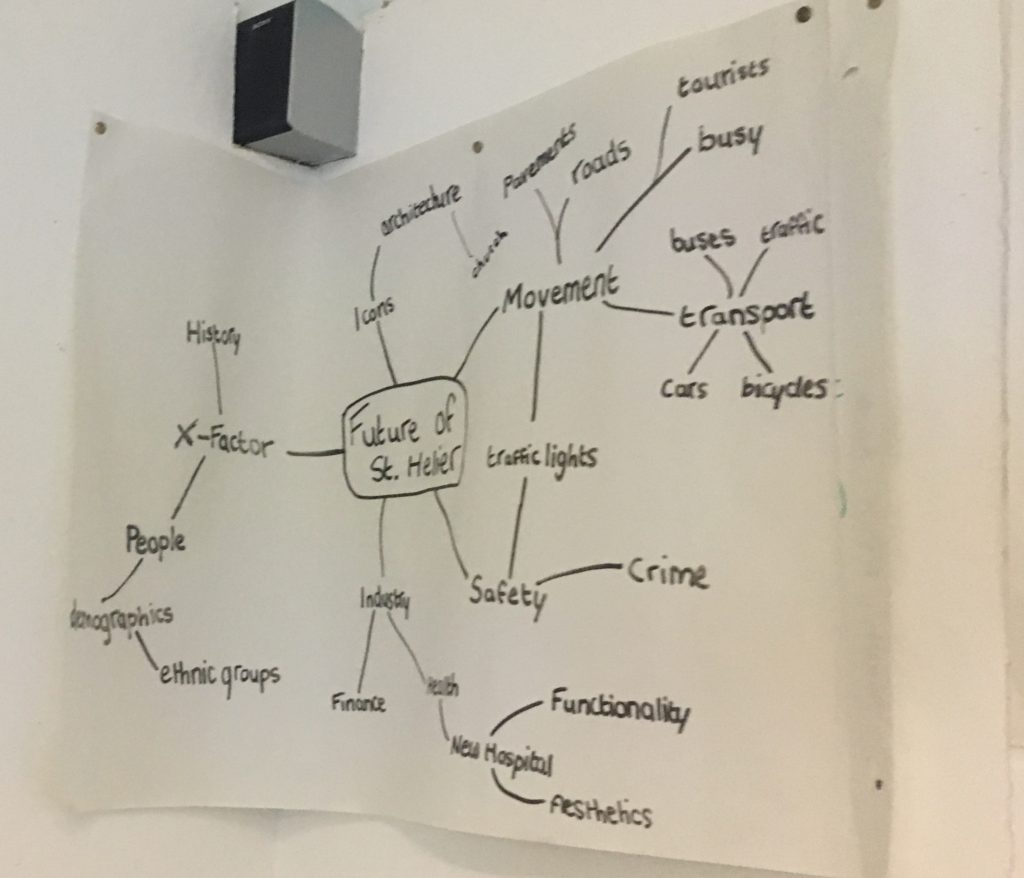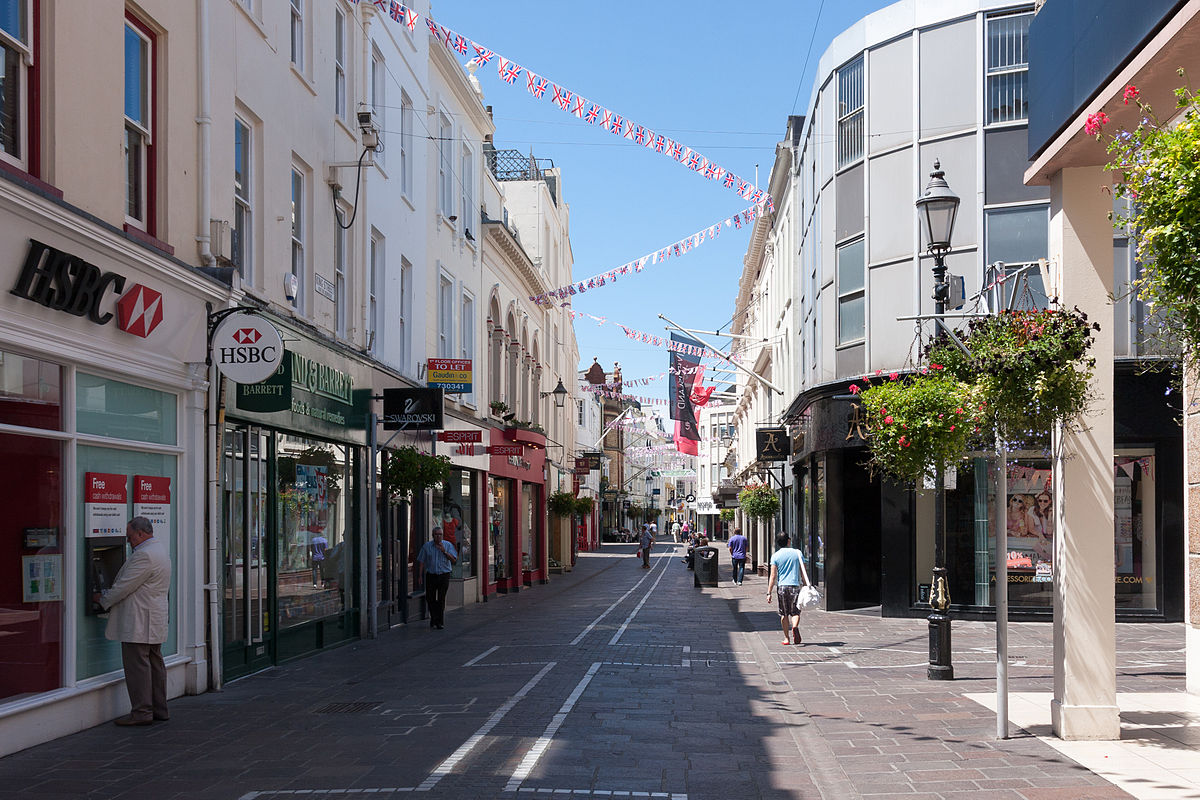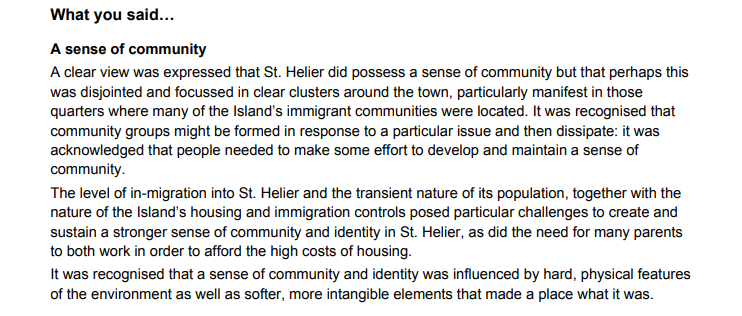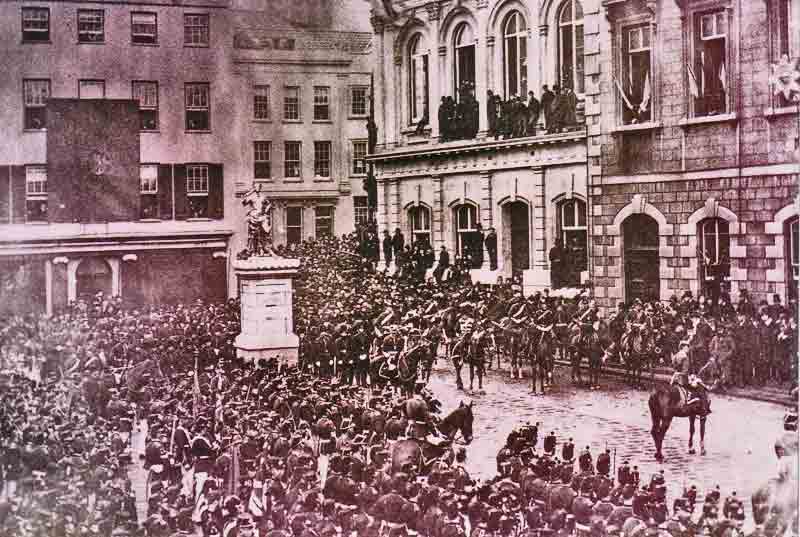Describe your own view, feelings and vision for how you see the Future of St. Helier?
I do not live in or near St Helier which means when I do go town it is for a specific reason such as shopping, leisure or as a connection point for transport. Currently I think st helier is a well developed part of the island which provides facilities for all the people who live work and visit there, I also think it is full of tradition and although it has been constantly evolving ever since the war there are still key features which have always been the same. After listening to the plans on the development of the water front including the finance centre I feel that the heart and sole of the island is slowly being taken away. The two new buildings on castle street look very modern and help to bring life to this area of town however I think the buildings look like any other city building and lack personality connecting them to the unique island. Jersey will never have a big city due to it’s size, so I don’t think the architecture should make it out to be something that it is not. On the other hand I also think that if jersey is going to be developed further and be built up in more areas there are ways space can be saved and the landscape can be made more interesting at the same time. There is currently a limit to the height of buildings in town which makes the skyline look very flat and boring, if permission could be granted to build up instead of out on some buildings it could ultimately save space town.
I also think St Helier needs to improve and change its rules on transport, due to the high concentration of people who commute around and through the town area, the traffic is becoming worse and worse. I think for such a small area there could be a much more efficient transport system which could work for everyone. In large cities such as London the traffic is limited when going through the city centre to reduce cramming and pollution in built up areas. This is done through a toll gate where vehicles pay to enter, a similar system could be used to prevent traffic in jersey as well as public transport such busses being made even more accessible from all parts of the island.
High rent for homes and shops is making it hard for independent businesses which give St Helier is Uniqueness to stay open, if these prices cary n going up we are going to see more and more chain companies and shops replacing them making town look like a clone of main land city.










